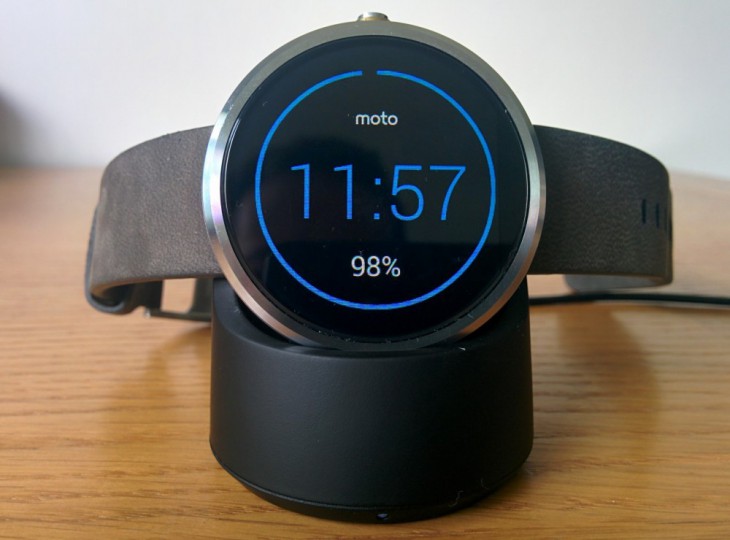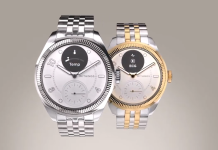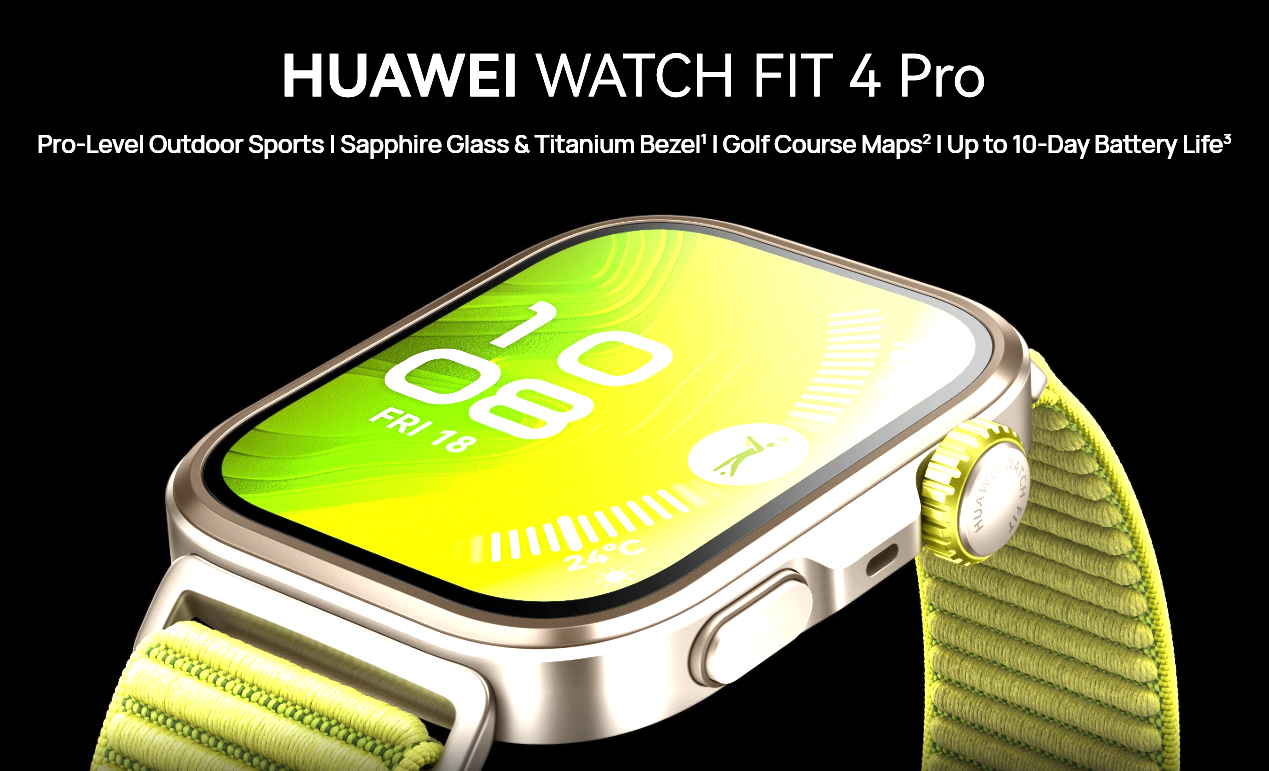
It seems that Motorola has confirmed on Twitter that their original Android Wear device – the first generation Moto 360 – will not be taking the path to Android 2.0 when it is released later this year. The device was first available to purchase in September 2014, and assuming Android Wear 2.0 is released in September 2016 as we are expecting, that gives us a 2-year life cycle for this device.
Unfortunately, Moto360 1 Gen will not receive the new update 2.0
— Motorola Support (@Moto_Support) June 10, 2016
Being an owner of an original Moto 360, I’m not really sure how I feel about this. I am currently reviewing a Moto 360 Sport and can attest that the performance of the original Moto 360 pales in comparison, so it is quite likely that the device simply isn’t up to running Android Wear 2.0. It would be better to have the devices ‘stranded’ on an older version rather than upgraded and not perform well.
However, the LG G Watch is also not getting the update, and has the same basic insides almost other Android Wear devices so it’s not getting upgraded seems more to do with development costs than device limitations. Regardless of the reasons, they aren’t getting updated. Could this become the trend? Even though the majority of the Android Wear development is handled by Google each OEM still has a role to play in rolling it out on their devices. Will OEM’s end-of-life Android Wear devices after two years?
Smartwatches are a nascent platform and there hasn’t been a large-scale test of how consumers will react to their devices not being included in the latest updates. If the level of complaints about delayed updates to Android Wear devices is any indication however, we should prepare for internet outrage.
How do you feel about 2-year-old devices being end-of-life? Let us know below.




